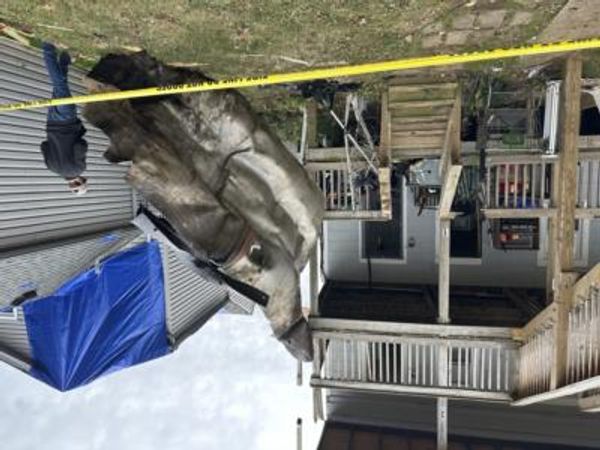
As the ferry returns us to Corran, my gaze lingers over Loch Linnhe’s glassy surface. “These peninsulas take the water between thumb and finger / like women feeling for the smoothness of yard-goods,” wrote Elizabeth Bishop in her poem The Map. While she didn’t mean precisely here, between the water’s sheen and my revised grasp of local geography, I can see exactly what she meant.
This is our second attempt to get to Ardnamurchan lighthouse, which stands on the most westerly point of mainland Britain. Our first had been from the head of Loch Eil, where its marine waters are finally exhausted by the mountains’ rise. We’d turned off the main road. Nine miles of single-track brought us to the inflection point that reveals Loch Eil to be a finger’s crook of the 30-mile stretch of Loch Linnhe.
Across the narrows was Fort William’s different world. We’d pressed on through bleak hills and patchy forest until, running out of daylight, we’d given up and taken the Corran ferry back to the other side. But the siren name of Ardnamurchan kept calling. So here we are, magicked by the ferry on to a double-lane carriageway, travelling west. The outgoing tide of Loch Sunart is announced with meadow-deep piles of gold. This is egg wrack, Ascophyllum nodosum, a seaweed that thrives in Scottish lochs as the sea’s long reach dissipates the waves’ agitation. Beyond Strontian village, the road slowly reverts to single-track.
And now the journey is punctuated with passing places and cattle grids and narrow bridges over streams that gradually lose their English names, leaving only the Scottish Gaelic. I recognise abhainn (river) from my school Irish. But allt (burn) has me reaching for the Irish word ailt (ravine). I’m still pondering their possible connection as the road carries us through coastal oakwood up into the peninsula’s rucked interior, where burns spill down heathery ridges and out of the mouths of the hanging glens.
Finally, the Ardnamurchan lighthouse. We climb the tower into its dazzling lantern room that lifts our gaze over a vast and silken sea, until land interrupts water’s hegemony with the knuckles of the Hebrides.
• Country diary is on Twitter/X at @gdncountrydiary
• Under the Changing Skies: The Best of the Guardian’s Country Diary, 2018-2024 is published by Guardian Faber; order at guardianbookshop.com and get a 15% discount







